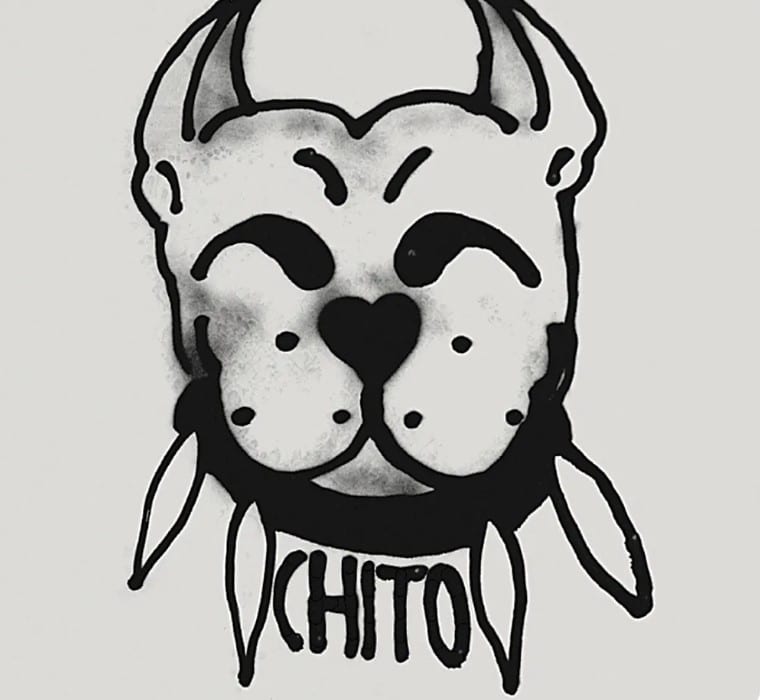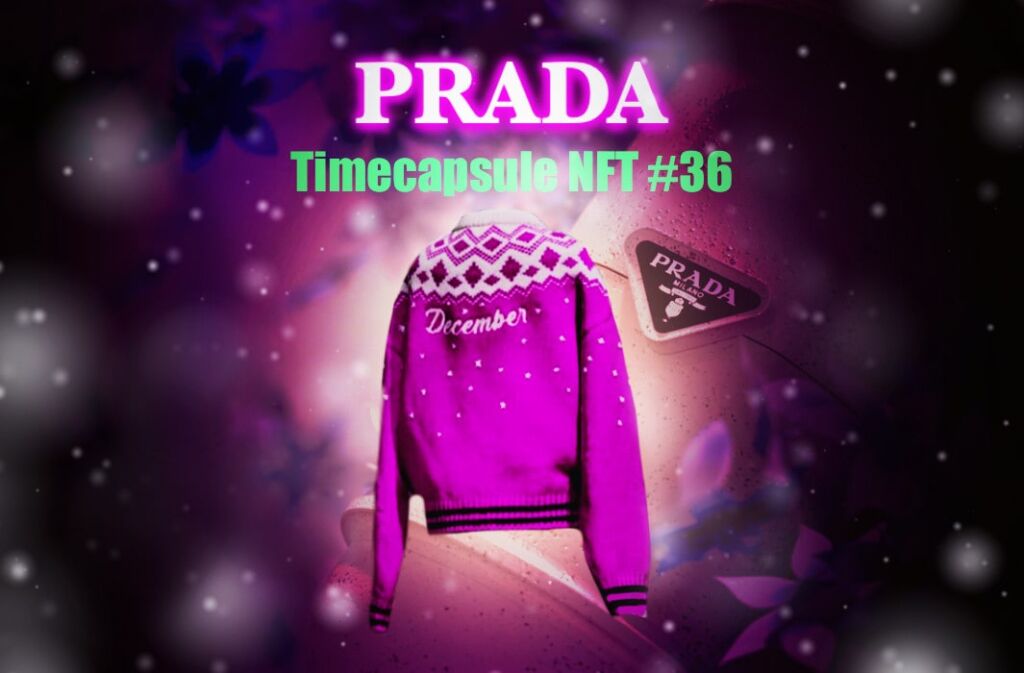
Luxury companies have challenges with imitation and counterfeit goods. The Global Brand Counterfeiting Report, which recently predicted losses of close to $100 billion (One Hundred Billion Dollars), shows the expanding scope of luxury goods counterfeiting.
It may be said that the worldwide market for luxury products is falling prey to its success. A counterfeit sector that threatens the original manufacturers’ reputation has grown as a result of many years spent building brand awareness and price tags that are out of the financial reach of all but the wealthiest consumers.
More than only fakes are at issue with trust. Customers demand proof that their products adhere to the greatest moral standards. These problems can be resolved by Blockchain technology.
This article will explain in detail how luxury brands use Blockchain and give examples of luxury that use Blockchain. But before we see how luxury brands can use Blockchain, let’s briefly discuss what Blockchain is and how it works.
What is Blockchain? How does it work?
A distributed ledger that is shared by computer network nodes is known as a Blockchain. A Blockchain acts as a digital database for the storage of data. In a nutshell, a Blockchain is a data storage system that makes it difficult to change the data, hack the system, or commit fraud.
By guaranteeing the safety and authenticity of a data record, a Blockchain fosters confidence without the need for a trustworthy third party. Blocks, which are the basic building blocks of a Blockchain, are used to collect data.
The Blockchain is a chain of data that is formed when a block is complete, sealed, and connected to the one before it. Every additional piece of information that comes after that newly added block is combined into a brand-new block, which is then linked to the network once it is full.
Blockchain is an integration of three popular technologies:
- Cryptographic keys
- A shared ledger-containing peer-to-peer network
- A method of computing that can be used to store network transactions and records
Two keys make up a cryptography key: a private key and a public key. These aid in the execution of successful transactions involving two parties. These two keys are distinctive to each person and are used to establish a safe digital identity link. The most important component of Blockchain technology is this protected identification.
This identity is known as a “digital signature” in the realm of cryptocurrencies and is used to approve and manage transactions.
The peer-to-peer network and the electronic signature are combined; many people who serve as authorities use the electronic signature to agree on transactions and other matters.
As soon as they approve a transaction, it is mathematically verified to ensure that it is valid, which leads to a successful, safe transaction between the network-connected users. In conclusion, cryptography keys are used by Blockchain users to conduct various kinds of digital exchanges across the peer-to-peer network.
How can luxury brands use Blockchain?
The various ways in which luxury brands can use Blockchain include asset digitization, brand traceability and loyalty initiatives. These three are explained below:
- Asset Digitization
A staggering $590 billion (Five Hundred and Ninety Billion Dollars) was spent on the sale of counterfeit goods in 2016. IoT, QR codes, RFID tags, and photography are therefore used to create digital twins or representations of physical assets on the Blockchain. Therefore, by tracking products digitally throughout the supply chain and after the sale, brands can easily allay concerns about counterfeit goods. Stakeholders can easily access the tracking data thanks to tokenization. Additionally, it facilitates real-time transactions while maintaining the security and integrity of all confidential data. - Traceability of Brands
By 2025, the global market for luxury goods could be worth nearly $1.5 trillion (One Trillion and Five Hundred Thousand Dollars), with Millennials expected to make up 50% of the target market. Consumers from Generation Z and Millennials are largely to blame for the 85% growth rate in global luxury sales. As a result, it is crucial for luxury businesses to look for chances to fit with their target market’s beliefs. Luxury brands can use Blockchain to manage their supply chains effectively, from the sourcing of raw materials to consumer possession. Additionally, it can provide the advantage of more transparent and effective management of massive data sets. Brands could then tell consumers about supply chain management in order to gain a competitive advantage. - Loyalty Initiatives
Loyalty initiative is another way that Blockchain can be used in the luxury goods industry. Almost 80% of luxury sales today are driven by “digital influence”. The benefits of loyalty initiatives, however, are only applicable in certain areas. Blockchain has the advantage of facilitating frictionless international trade, allowing clients to adopt a global lifestyle with premium items. Blockchain technology can help introduce a brand-new loyalty initiative strategy. The new loyalty initiative strategy may allow affluent customers to conduct business with partners other than the brand.
With the use of Blockchain, brands and customers can get digital evidence of the legitimacy of the goods. Brands employ Blockchain provenance identification via smart tags. To identify the manufacturer’s location, track the current position, and assign specific information at different phases, they are affixed to items.
Every new transaction’s data, together with its timestamp, is transferred to the Blockchain when a smart tag is affixed to a product. This makes the data unchangeable and adds a layer of confidence to it.
Several renowned luxury companies, including Louis Vuitton, Prada, and Givenchy, are already implementing advanced Blockchain technology to battle counterfeiters. The introduction of Blockchain technology presents an enormous opportunity for platforms that provide businesses with specialized tools for combating counterfeiting.
They use distributed ledger technologies to build a digital supply chain footprint. By automating the movement of money and services throughout the supply chain, platforms eliminate the chance of fraud.
Having seen how luxury brands can use Blockchain, let’s discuss ten examples of luxury brands using Blockchain.
10 examples of luxury brands using Blockchain
Below are some of the luxury brands using Blockchain technology to improve their products.
Louis Vuitton
Mobile users could download Louis the Game, which was made available by Louis Vuitton. The game followed “Vivienne,” a modifiable statue from Louis Vuitton, on her search for two hundred birthday candles while traversing 200 virtual realms.
Players can search for thirty hidden collectible NFTs after finishing the game, ten of which were created in association with well-known digital artist Beeple.
Gucci
Gucci’s latest project is one instance of how companies are moving toward using digital scarcity powered by Blockchain technology. In addition to providing a unique look into its design and production process, the brand also gave spectators the opportunity to virtually experience the products using Microsoft HoloLens.
In June 2021, the NFT was sold at Christie’s for $25,000. Alessandro Michele, the brand’s creative director, and photographer Floria Sigismondi worked together to produce and co-direct the four-minute clip.
Gucci has been a recognized name in fashion since 1921. It is renowned for its elegant, pricey designs and exquisiteness. Gucci gained notoriety in 2017 after it came to light that the company had been linked to an Italian tax cheating scam. The business owes the Italian government $448 million after failing to pay taxes on $1.3 billion in earnings between 2010 and 2015.
Dolce & Gabbana
Dolce & Gabbana worked with UNXD to create the inaugural NFT collection, and the result was a hit. The collection, Collezione Genesi, featured nine items: four exclusively digital NFTs and five NFTs that were accompanied by unique physical pieces. A startling $6 million was paid for the entire collection. Italian high-end luxury fashion label Dolce & Gabbana was established in 1985.
The company has operated for over thirty years in the Italian fashion industry. Stefano Gabbana and Domenico Dolce founded the business. They are renowned for their distinctive, glamorous, and feminine style.
The Dolce and Gabbana collections feature clothing for men, women, and children, including footwear, jewelry, accessories, and fragrances. The “Robe di Chiffon” and the “Ballgown” dress are two of Dolce & Gabbana’s most well-known designs.
Givenchy
Designer Hubert de Givenchy established Givenchy in 1952 as a high-end French fashion brand. Hubert de Givenchy established his own fashion house in Paris in 1952.
He created Audrey Hepburn’s costume for her part in the movie “Breakfast at Tiffany’s” in 1957. He designed the famous black dress Jackie Kennedy wore in 1959.
Givenchy was admitted into the Hall of Fame of the International Best Dressed List in 1971. He left his job as Givenchy’s lead designer in 1973. Givenchy created 15 exclusive avatar pieces in partnership with renowned digital artist Chito. The largest NFT market in the world, OpenSea, is where they were sold.

Burberry
Recently, Burberry and Mythical Games collaborated on Blankos Block Party, their second NFT collection. Minny B, a unicorn who sports the Burberry TB Summer Monogram, is the newest NFT in the lineup.
A fashion company called Burberry was founded in 1856. Since more than 150 years ago, the company has been a British brand, making it one of the most well-known brands in the entire globe.
Burberry has long been closely associated with the creative industries and the arts. Although it started out as an outerwear business, it rose to fame in World War I for its trench coats. Burberry has concentrated on its accessory and beauty divisions in recent years.
Amazon
The e-commerce behemoth offers Blockchain solutions to businesses through its Amazon Web services platform.
The Hyperledger Fabric and Ethereum-based Amazon Managed Blockchain system is a fully managed system that ensures the right networks are operating in coherence with one another and that the overhead costs associated with maintaining them are reduced.
Alibaba
Like Amazon, Alibaba operates its own “Blockchain as a service” platform.
It gives other firms that wish to employ Blockchain technology, security, and a high degree of standards. It is active in four areas: product provenance, procurement finance, data asset sharing, and virtual goods ownership.
Prada
In just one year, Prada has dabbled in the NFT market a few times. The company worked with Adidas Originals on an NFT project in January 2022 that included 3,000 works of community-generated art.
These components (photographs supplied by community members) helped artist Zach Lieberman create a one-of-a-kind NFT that was made from over 3,000 pictures and sold for 30 ETH.
Prada went a step further on June 2, 2022, when it dropped 100 NFTs to go along with the debut of its most recent Timecapsule clothing line, which included 100 unisex button-down shirts created by artist Cassius Hirst.
Anyone who purchased clothes from the series was immediately given a complimentary airdropped NFT to accompany it, which also featured the actual shirt’s serial number.
The Timecapsule project by Prada, which dates back to 2019, was created as a strategy for the luxury company to promote limited-edition products—a notion that almost exactly corresponds with an NFT drop.

JD.com
Jd.com, a leading online retailer in China, has been making use of Blockchain technology for over five years now.
They established JD Digits and separated their digital operations from their retail operations. They offer statistics on consumer data, product supply, and food safety using their Blockchain technology.
In 2017, they made an investment in JD Tracing and Counterfeit Alliance, which is used by 1000 businesses to demonstrate traceability and consumer trust.
Balmain
The iconic dolls entered the metaverse when Balmain introduced a Balmain X Barbie collection in January 2022. Part of that consists of a set of three Barbie avatars that were produced in association with FORGOT ME NOT GMBH and sold at auction along with a real Barbie model.
Pierre Balmain established the French fashion house known as Balmain. The company’s current headquarters are located on Avenue George V in the 16th arrondissement of Paris, having previously been located in the city’s 9th arrondissement.
Conclusion
Many consumers view expensive things as a sign of a particular lifestyle or social standing. Supply chain transparency has been transformed by using business Blockchain technology in conjunction with IoT devices and sensors.
With Blockchain, members of a particular community could have access to a shared, actual record of the truth regarding specific facts or transactions. Additionally, Blockchain development has allowed it to check the legitimacy of products quickly.
Customers are wary of purchasing luxury goods because the market for fake goods is expanding more quickly than ever. Nobody likes to spend significant money on goods to receive counterfeit goods. Blockchain can therefore offer answers for product traceability and legitimacy in the future.
See you soon,
Scaling Parrots
